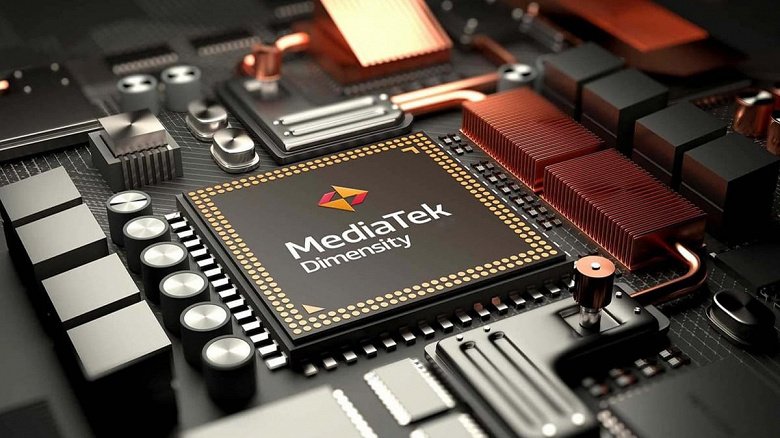MediaTek is on the verge of a significant breakthrough with their upcoming 2nm chip, potentially allowing them to surpass Apple in the race to adopt the most advanced silicon for smartphones for the first time. The official unveiling in September 2025 will be closely watched by the industry.
This is indeed a significant development in the mobile chip industry. Here’s a breakdown of the key points:
- MediaTek’s Advancement: MediaTek has announced at Computex 2025 that their first 2-nanometer (nm) chip is almost ready and is slated for unveiling in September 2025. This positions them to potentially be the first to release a smartphone System-on-a-Chip (SoC) based on this cutting-edge process. The chip is widely expected to be the Dimensity 9600, their next flagship processor.
- TSMC Manufacturing: This 2nm chip will be manufactured by TSMC (Taiwan Semiconductor Manufacturing Company), the same foundry that produces chips for Apple and other major players.
- Potential Overtaking of Apple: Historically, Apple has often been the first to market with devices featuring TSMC’s latest chip manufacturing technology. However, there are indications that Apple might stick with a refined 3nm process (specifically the N3P process) for their upcoming A20 chip, likely to power the next-generation iPhones. This decision could be due to production timelines or cost considerations associated with the new 2nm node.
- First to 2nm: If Apple does indeed remain on a 3nm process for the A20, MediaTek’s planned September unveiling of their 2nm chip could allow them to be the first company to introduce a smartphone SoC built on a 2nm process. This would be a notable achievement for MediaTek, potentially giving their flagship smartphones a performance and efficiency advantage in the market.
- Implications: Being the first to market with a 2nm chip could significantly boost MediaTek’s standing in the high-end smartphone market and potentially allow them to compete more directly with Apple and Qualcomm. It suggests a rapid advancement in their chip design and manufacturing capabilities.
